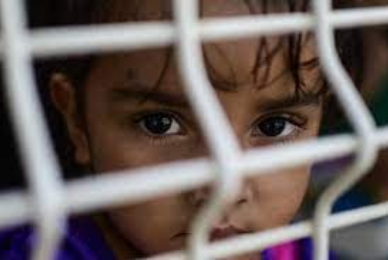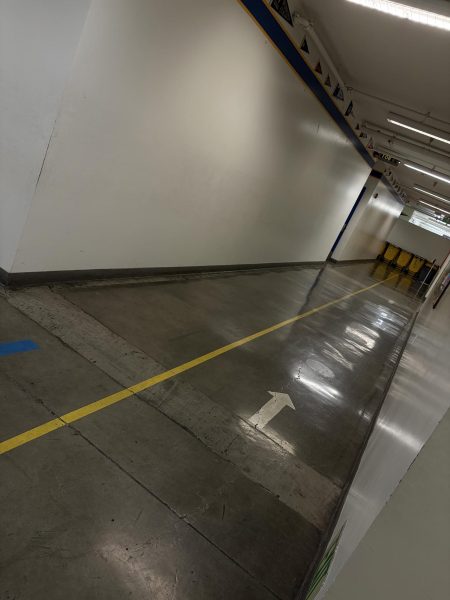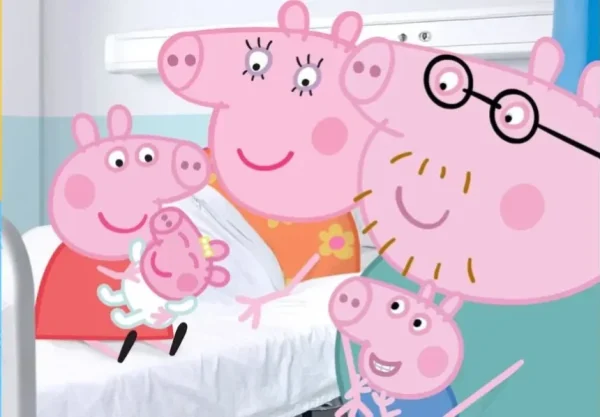How child detention centers really treat children

Child detention centers are where individuals are held who are suspected of visa violations, illegal entry, or unauthorized arrival. As well as those facing deportation and removal, they are held in immigration detention until immigration authorities decide whether to grant them a visa and release them into the community or repatriate them to their country of origin.
There is a lot that is not talked about when it comes to child detention centers, such as their likelihood to cause children to have suicidal thoughts, cause children to have mental health disorders or depression, and staff purposely terrifying them by saying things like “You are never getting out of here” or “Something bad will happen to you.”
In an NPR article called “Lengthy Detention Of Migrant Children May Create Lasting Trauma, Say Researchers” it states, “’the guards sometimes, “intentionally or inadvertently frighten children, say[ing] things to them like ‘Well we’re going to deport you,’ or, ‘You’re going to be deported,’ or, ‘You’ll never leave this place or something’s going to happen to you.” Research shows that chronic stress and adversity affects the development of kids’ brains.’” Children need their parents for comfort and since their parents aren’t there, guards see that as an opportunity to terrify these tiny humans. They cause these children to have PTSD and even mental health disorders. These longtime effects damage how they see their world and how they react to problems.
The difference between how child detention centers used to treat people is a drastic change. By January 2017, at the end of President Obama’s term, detention numbers were at a record high of over 40,000 per day and the Obama administration had deported over 3 million people, more than all presidents since 1890 combined. This shows us that not only are our presidents not doing anything to improve their border protocol but they are allowing children to walk out of there with permanent emotional problems, suicidal thoughts, mental health disorders, and PTSD.









Heidi • Jan 11, 2024 at 8:43 am
That is very sad to hear, that shouldn’t happen to any child.
Itzel J • Dec 8, 2021 at 10:58 am
Child detention is something that I never knew that happened or was even a thing. Hearing that officers scare the little kids at these detentions is just sad. Kids don’t deserve to have bad and sad thoughts at a very young age. What also sucks is that our presidents haven’t done much about this. It seems as they don’t care. I really like how everything was put, you linked the website you used, and defined your topic.
Abel Avila • Dec 8, 2021 at 9:10 am
You did great explaining on what is going on what is really going Child detention centers! you also cited proof to continue your story and go on how presidents don’t really care about the problems in child detentions.
Kevin • Dec 8, 2021 at 9:01 am
Never knew this which is sad and once you read the first paragraph the article just hooks you into reading more.
Baby with a Chainsaw • Dec 8, 2021 at 8:56 am
I like you you explained the acually way that the they treat kids in juvie. This good by acually spreading information.
Lindsey • Dec 7, 2021 at 2:38 pm
What this article did well is explain the truth behind what it means to keep a child in one of the detention centers.
Aleisha Gonzalez • Jun 7, 2021 at 12:17 pm
I think that you did a great job writing this and Its also very sad they are treating them and how not many people speak up about it.
Karen De Jesus • Jun 7, 2021 at 11:33 am
I think you did a good job explaining this situation and many people might not know of this.
Abby Martinez • Jun 7, 2021 at 11:00 am
I like how you are talking about this because people are not talking about this and this makes me feel sad how they are being treated.